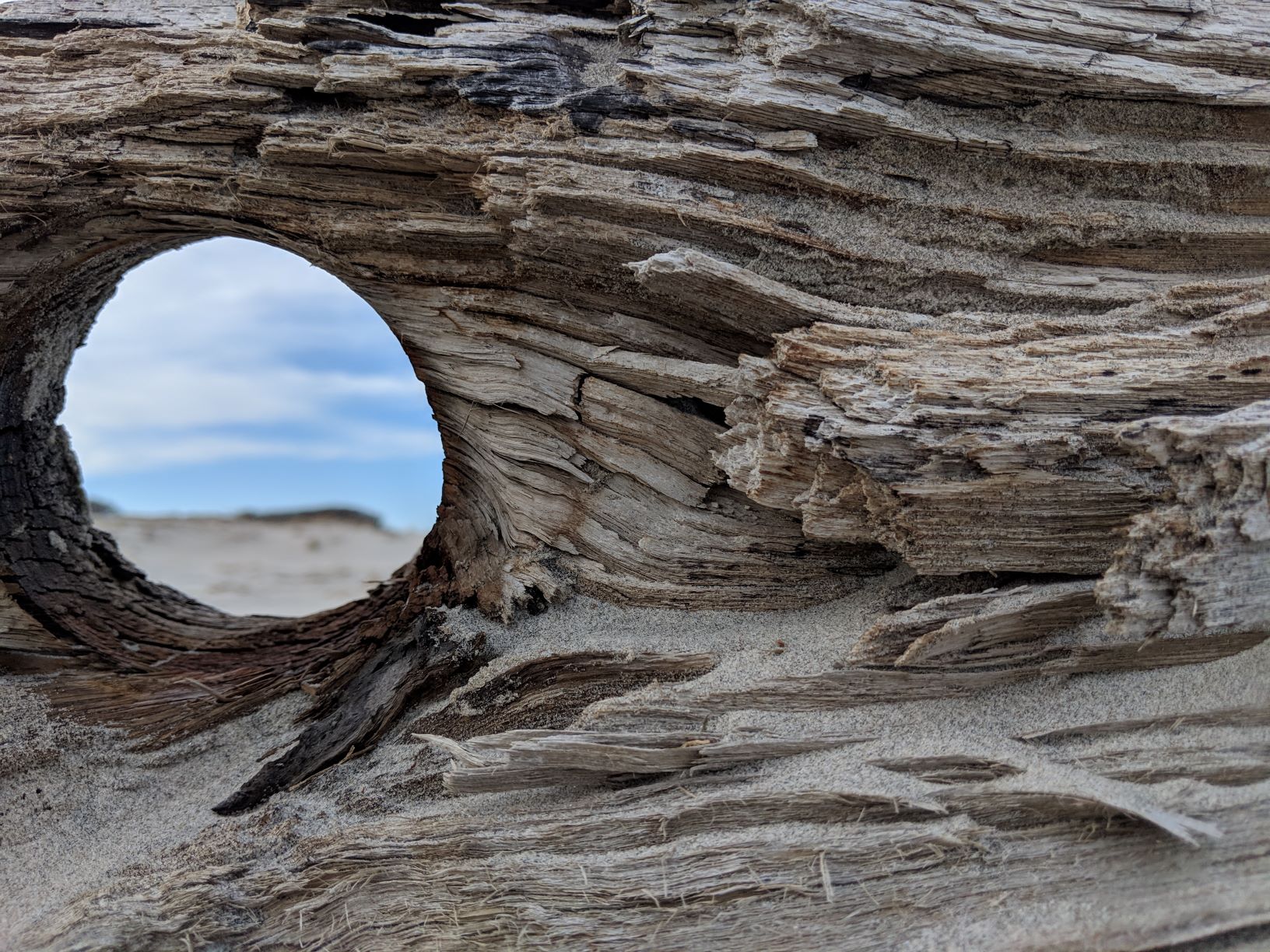I know what folks will pay for this.
I also know what it’s worth.
Two very different things….

I have a chunk of ambergris, found it years ago, and while briefly tempted to sell it, am grateful now I kept it.
It was sitting right on the edge of the bay just north of Lincoln Avenue. It wasn’t much to look at, and I am not sure what possessed me to pick it up. Even then I almost tossed it back into the bay.
I mostly forget about it, but now and again I walk through a cloud of its molecules and get briefly taken to, well, not sure where, some vague place of immeasurable joy.
Not immense.
Immeasurable.
In the literal sense.

You cannot measure the pleasure, the joy, the presence of the herenow that lump of aged whale shit brings me. It apparently has the same effect on others, why else would anyone offer thousands of dollars for a slab of shite?
The big data junkies among us might argue that all things are measurable, and I supposed you could take pre- and post-ambergris exposure levels of my serum oxytocin and plot them over time, but that becomes impractical, and it’s not important anyway..
Turns out measuring some pretty important things in education are impractical, too. Brilliant writing. Unorthodox but rational thinking. Sense of public duty. Joy. Ability to observe subtle details. Flexibility when confronted with new ideas. Empathy.

When our ability to measure outcomes trumps our choices of which outcomes matter, we’ve stripped “public” from education.


